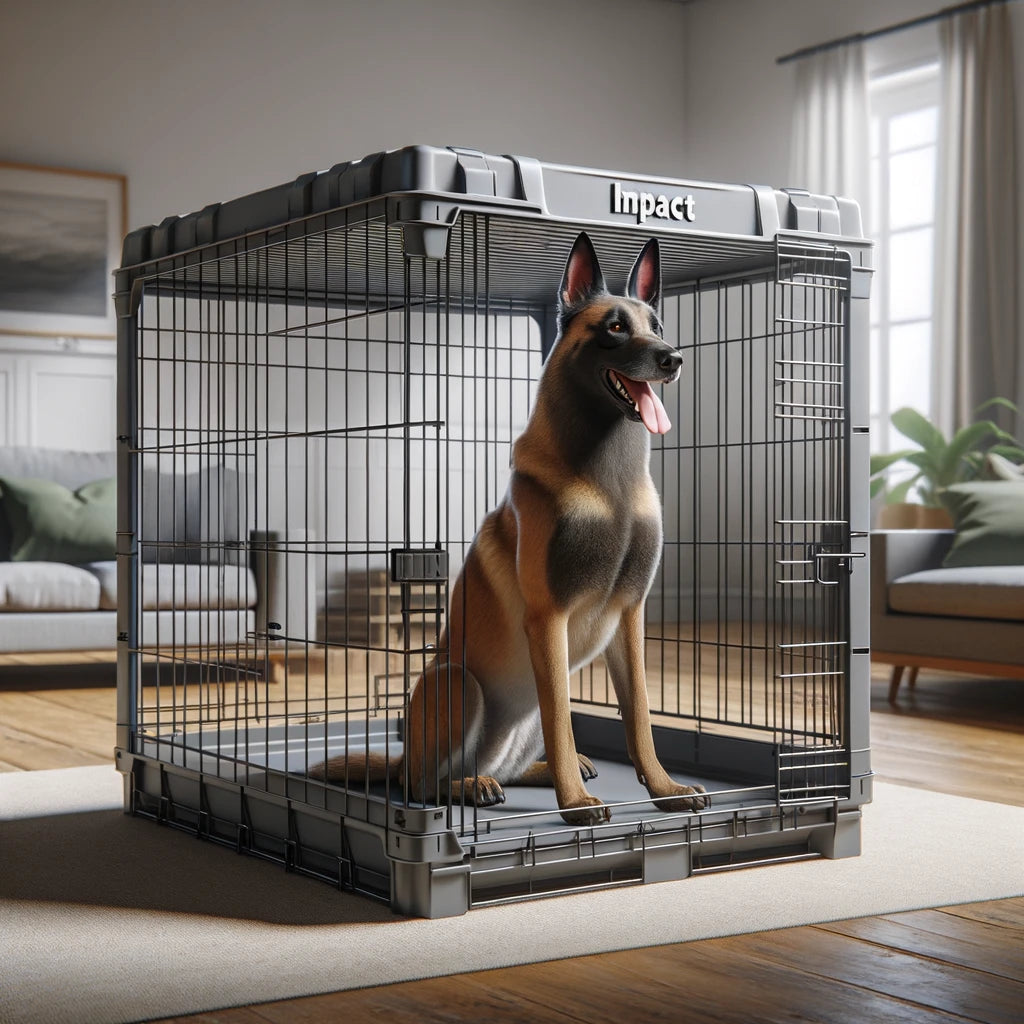
Crate Training Made Easy
Share
Crate training is vital for providing your dog with a personal space and is essential for safe travel and managing anxiety.
Effective Crate Training
- Choose the Right Crate: Ensure the crate is comfortable and the right size.
- Create Positive Associations: Use treats and toys to make the crate inviting.
- Feed Meals in the Crate: Start feeding your dog in the crate to create a positive association.
- Gradual Introduction: Start with short periods in the crate and gradually increase the duration.
- Avoid Using as Punishment: The crate should always be a positive, safe space.
Crate training, when done right, offers numerous benefits and provides a sanctuary for your dog.
Objective: To make crate training fun and rewarding for your dog by encouraging them to find treats hidden in their crate.
Materials Needed:
- A crate for your dog.
- A variety of treats or favorite toys.
- A blanket or towel (optional).
Setup:
- Set up the crate in a quiet area of your home.
- Have a variety of treats or toys ready. If your dog is food-motivated, small treats work best.
crate game:
-
Introducing the Crate: Let your dog explore the crate on their own. Keep the door open and encourage exploration with a happy voice.
-
First Round of the Game: Place a treat at the entrance of the crate. As your dog takes the treat, say a cue word like “Find it!” Praise them when they take the treat.
-
Increasing Difficulty: Gradually place treats further inside the crate. Each time your dog goes in to get a treat, say your cue word and praise them.
-
Adding a Challenge: Once your dog is comfortably going into the crate, place a treat in the crate while they are not looking. Encourage them to find the treat using the cue word. Praise them enthusiastically when they do.
-
Optional Blanket Trick: Cover the crate with a blanket or towel to create a “den-like” feel, which can be comforting for some dogs. Place treats under the blanket inside the crate for an added challenge.
-
Game Variation - Toy Fetch: If your dog is more toy-motivated, use a favorite toy instead of treats. Toss the toy into the crate and use the cue word. Praise your dog when they go in to retrieve it.
Game Duration: Play for about 5-10 minutes at a time, several times a day. Keep the sessions short and fun.
Tips:
- Always end on a positive note.
- If your dog seems hesitant, go back a step and make it easier.
- Never force your dog into the crate; the goal is to make the crate a happy and safe space.
This game not only helps with crate training but also enhances your dog's problem-solving skills and builds a positive association with the crate. It’s a fun way to bond with your pet while also teaching them valuable skills.